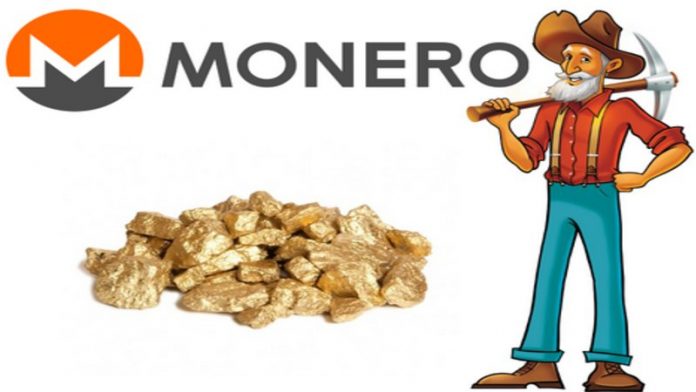In the stiff market competition of digital currencies, Monero (XMR) is rapidly cementing its foundation. Invented in April 2014, XMR is the 10th biggest virtual currency with a market cap of $3.26 billion.
XMR has gained the attention of stakeholders and miners due to its strong performance in 2017. It skyrocketed from $10 in January 2017 to $494 in January 2018, posting a return of roughly 4800% to its stakeholders.
Monero Mining
Currently, there are 155,829,795 XMR coins in circulation. This figure will continue to rise till there are 18.4 million XMR coins in motion. Thus, we can say that Monero mining is the process of creating XMR coins.
Monero miners carry out two essential tasks: they validate and record XMR transactions. Every time miners validate and record a set of transactions (known as blocks), they are compensated with brand new XMR coins. Currently, one transaction block of XMR costs 4.49 XMR and a transaction fee of 0.06573 XMR.
After attaining 18.4 million XMR coins, extra coins are introduced to the system at a constant rate of 0.3 XMR per minute. They are utilized to compensate the miners.
One XMR block takes 2 minutes to be mined.
What a Monero Miner Requires
XMR mining does not necessarily require special tools. With a computer and a Monero wallet, one can carry out XMR mining. However, the more powerful the mining tools, the easier the work.
Monero mining is carried out by an individual or a Monero mining pool- a group of miners with a united power of their hardware that gives them a strong competitive power.
Methods of Monero Mining
The most essential requirement of mining is to possess the right XMR mining tool and a Monero mining software to enable you to link with mining pools.
Unlike Bitcoin mining, Monero mining does not demand an ASIC (Application Specific Integrated Circuit). XMR mining can be done by your computer’s Central Processing Unit (CPU) or Graphics Processing Unit (GPU).
CPU Mining
You can utilize your current CPU, or you can buy another one (preferably AMD Opteron or Xeon CPUs). The next step is downloading an XMR mining software, preferably XMR-CPU.
With those with a ready CPU, you only need to install an XMR mining software, join a mining pool and start mining.
GPU Mining
For advanced Monero mining, GPU is the better alternative. Although it demands a bigger investment, it provides a substantially better hash rate.
For GPU Monero mining, AMD graphics cards are highly recommended and the best XMR mining software when using AMD GPU tool is XMR-STAK-AMD.
After software installation, you must change your pool settings to team up with your desired pool.
Nvidia GPU Mining
This is another common way of XMR mining that contains a variety of models to select, like Nvidia GTX 1070 and Nvidia GTX 1080.
The most preferred software for this hardware is CCMiner.
The methods discussed above are the commonest and best Monero mining methods. Now you only need to set up a Monero wallet and start mining.




